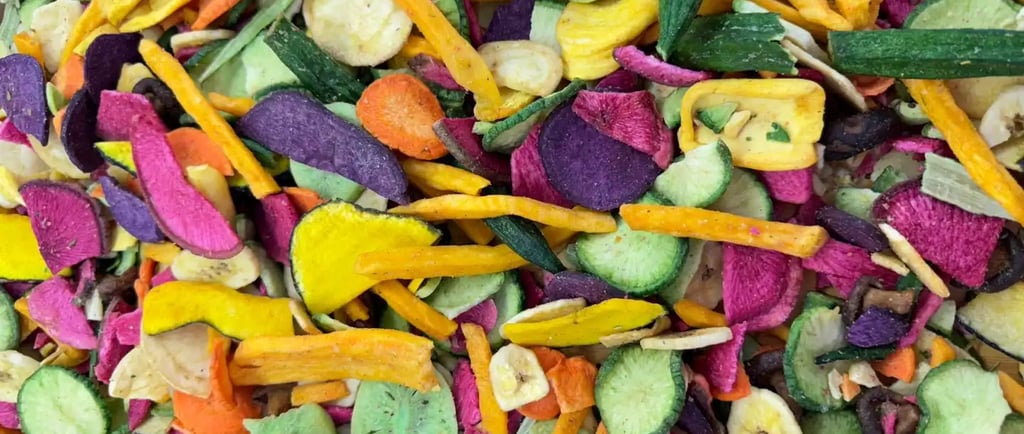Ensuring Freshness: The Science Behind Frozen Peas and Corn
cold room project for vegetables
6/26/20243 分钟阅读


Considerations for reducing power consumption in frozen storage include:
Selecting the most efficient indoor unit (IDU) and outdoor unit (ODU) based on the load condition to minimize energy usage.
Choosing a compressor with a variable frequency drive (VFD) for better power reduction.
Ensuring that all items are properly frozen before storing them to prevent unnecessary energy usage.
Packing frozen food properly to optimize storage space and minimize the need for excess cooling.
Maintaining proper racking storage to allow for sufficient ventilation and cooling throughout the freezer.
Avoiding frequent opening of the freezer doors to prevent warm air from entering and causing the system to work harder.
Selecting the appropriate thickness of PUF panel insulation for efficient temperature control.
Using a lighting system with low radiation levels inside the cold room to minimize energy consumption.
Avoiding storing unnecessary machinery inside the freezer that could contribute to increased power usage.
Installing the cold room with no air leakage to prevent outside air from entering and affecting the internal temperature control.
Application in the Industry of Peas & Corn,Poultry & Meat,Sea Food & Fish,Ready to Cook Food,Frozen Dairy Products,Fruits & Vegetables
Advantages of Frozen Foods
Freshness Preservation: Frozen foods help preserve the freshness by safeguarding essential vitamins, minerals, and fibers from deterioration, ensuring the food remains fresh and healthy.
Extended Shelf Life: The low temperatures in freezing limit decay and slow down microbial growth, thereby increasing the shelf life of food items and allowing them to be used for a longer period.
Germs Control: The low temperature environment restricts the growth of food poisoning bacteria, ensuring that frozen food remains healthy and safe to consume by preventing germs formation.
Nutritional Value Retention: Frozen food is typically processed and frozen promptly, retaining much of its nutritional value such as essential minerals and vitamins, thus preserving the food's nutritional benefits.
The Importance of Freezing Food
Freezing is a critical method for extending the storage life of perishable foods such as meats, fish, fruits, and vegetables. The process of refrigeration slows down the chemical and biological processes in foods, reducing deterioration and the loss of quality. By cooling, the storage life of fresh foods can be extended by several days. However, freezing can extend this period to several weeks or even months.
How Blast Freezing Works
Blast freezing is a method used to rapidly freeze food products, ensuring that the freshness and quality are preserved. This technique is particularly effective for vegetables like peas and corn. By quickly reducing the temperature, blast freezing minimizes the formation of ice crystals, which can damage the cellular structure of the food. As a result, frozen peas and corn maintain their texture, flavor, and nutritional value much better than those frozen more slowly.
The Role of Freezer Rooms
Freezer rooms are essential for storing large quantities of frozen food products. These rooms are maintained at very low temperatures to ensure that the food remains in a frozen state, preventing any microbial growth and further deterioration. Freezer rooms are equipped with advanced refrigeration systems that can handle the high demands of keeping substantial volumes of food at consistently low temperatures.
Maintaining Freshness in Frozen Foods
One of the primary benefits of freezing food is that it preserves the freshness of the product. When peas and corn are frozen shortly after being harvested, they retain most of their nutrients, flavor, and texture. The process of freezing halts the enzymatic activities that cause spoilage, ensuring that the food remains in peak condition until it is ready to be consumed.
In conclusion, the use of blast freezers and freezer rooms plays a crucial role in maintaining the quality and extending the shelf life of frozen food products such as peas and corn. By understanding and utilizing these technologies, we can enjoy fresh-tasting, nutritious vegetables all year round.
